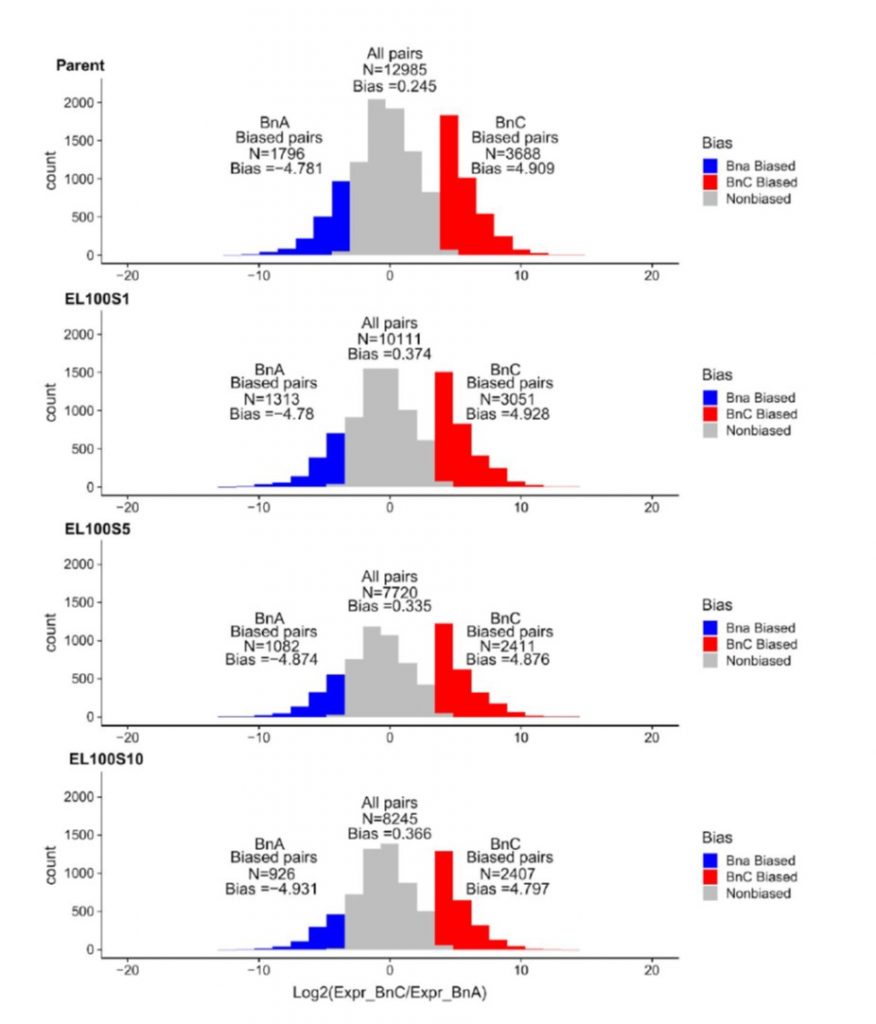
Replaying the evolutionary tape to investigate subgenome dominance in allopolyploid Brassica napus (bioRxiv)
Plant Science Research WeeklyFollowing interspecific hybridization, one of the two parental genomes (aka subgenomes) tends to become dominant (more highly retained and expressed). What determines which of the subgenomes will become dominant, or is it random? To explore this question, Bird et al. made several crosses between Brassica…
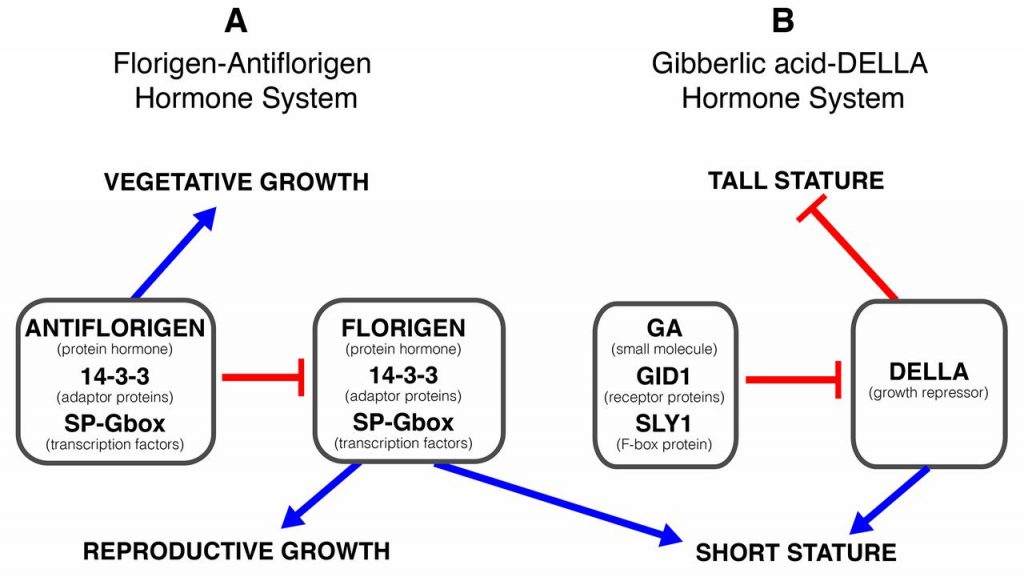
Review: Revolutions in agriculture chart a course for targeted breeding of old and new crops ($) (Science)
Plant Science Research WeeklyA few traits are associated with domestication across many species. Eshed and Lippman provide an overview of the changes to plant stature and flowering time that have been repeatedly selected by our ancestors. By comparing the molecular underpinnings of these traits across crops, it becomes clear that…
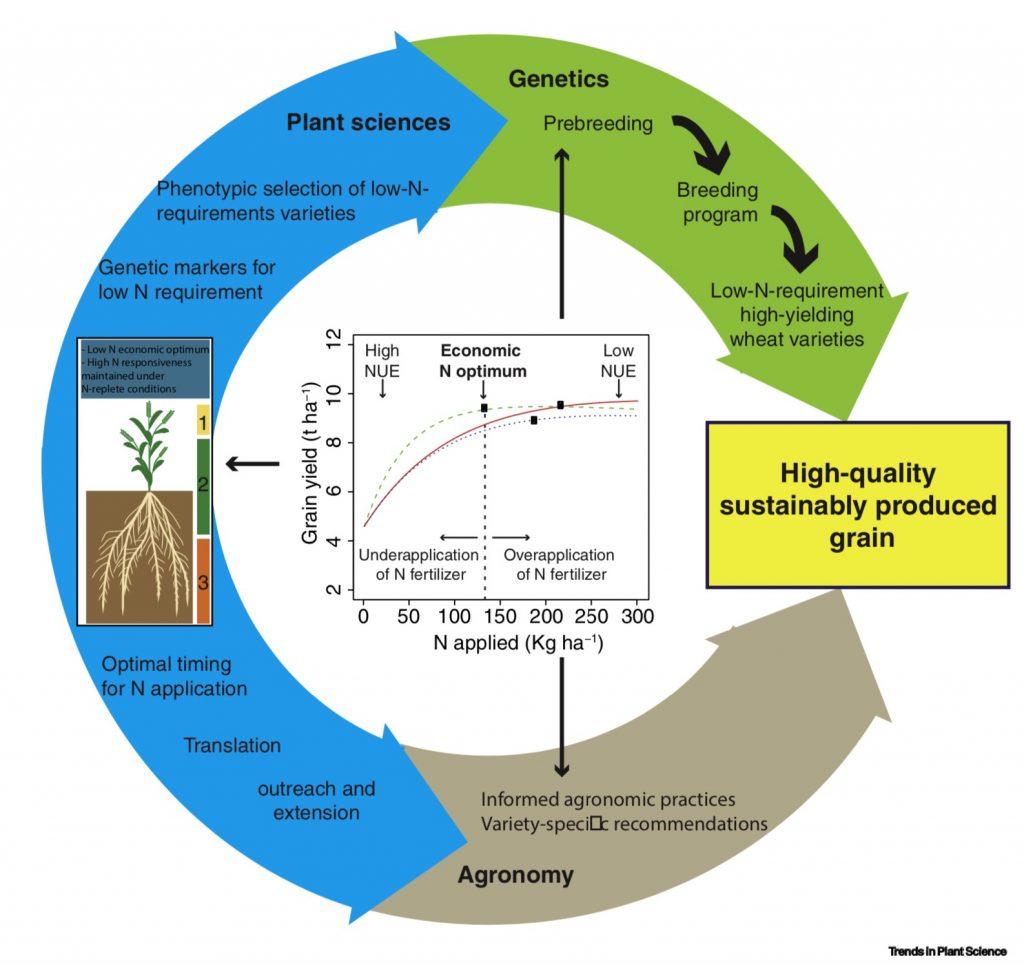
Opinion: Towards lowering crop N requirement (Plant Cell Environ)
Plant Science Research WeeklyCurrent and future food production demands a lot of nitrogen (N) fertilizers. Inefficient N fertilization leads to N losses to the environment and generates greenhouse gases that cause environmental problems. In a recent article, Swarbreck and colleagues discuss a strategy to develop crop varieties with…
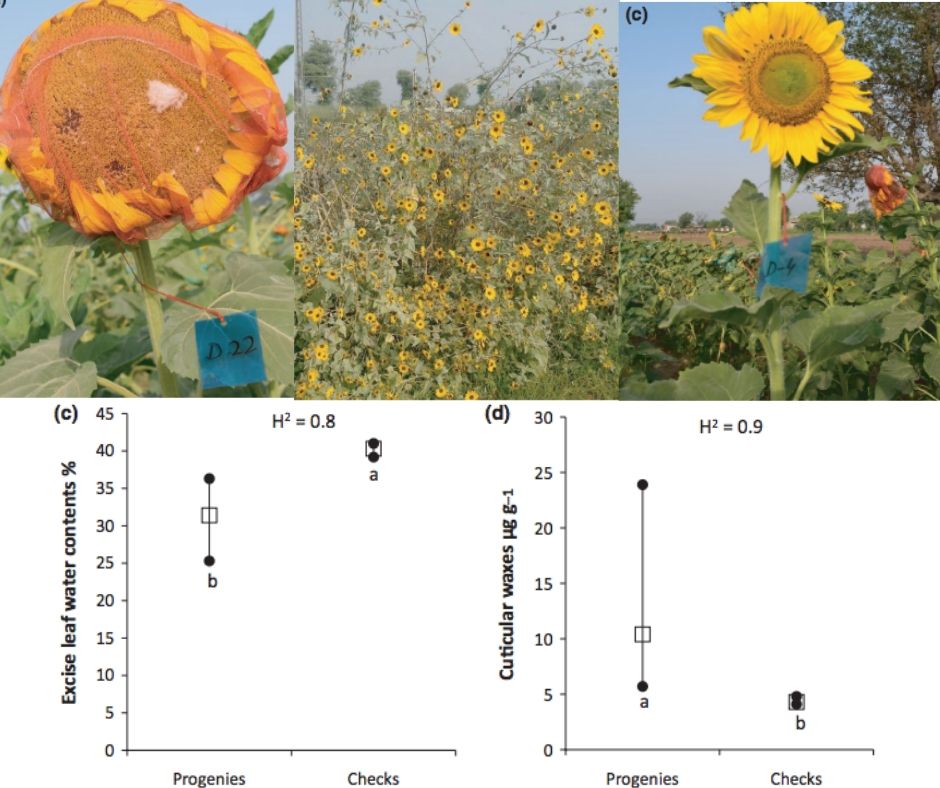
Development of drought tolerant breeding lines derived from Helianthus annuus × H. argophyllus interspecific crosses (Plant Breeding)
Plant Science Research WeeklyDue to climate change, drought stress is threatening sunflower yield, and phenotypic diversity could be the solution. Here Hussain et al. studied the introgression of silver canopy traits related to lower excised leaf water loss (high cuticular waxes, intense hairiness, and smaller leaf area) from the…
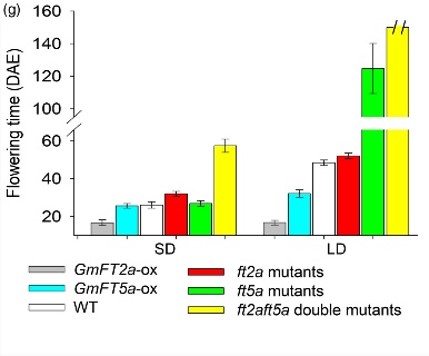
GmFT2a and GmFT5a collectively controls flowering of soybean (Plant Biotech. J)
Plant Science Research WeeklySoybean [Glycine max (L.) Merr.] is a globally important high-protein crop, whose breeding is an ongoing, important objective for plant biologists. Since soybean is a short-day plant, controlling flowering time is a key step to influence its adaptation to diverse latitudes and farming system. Recently,…
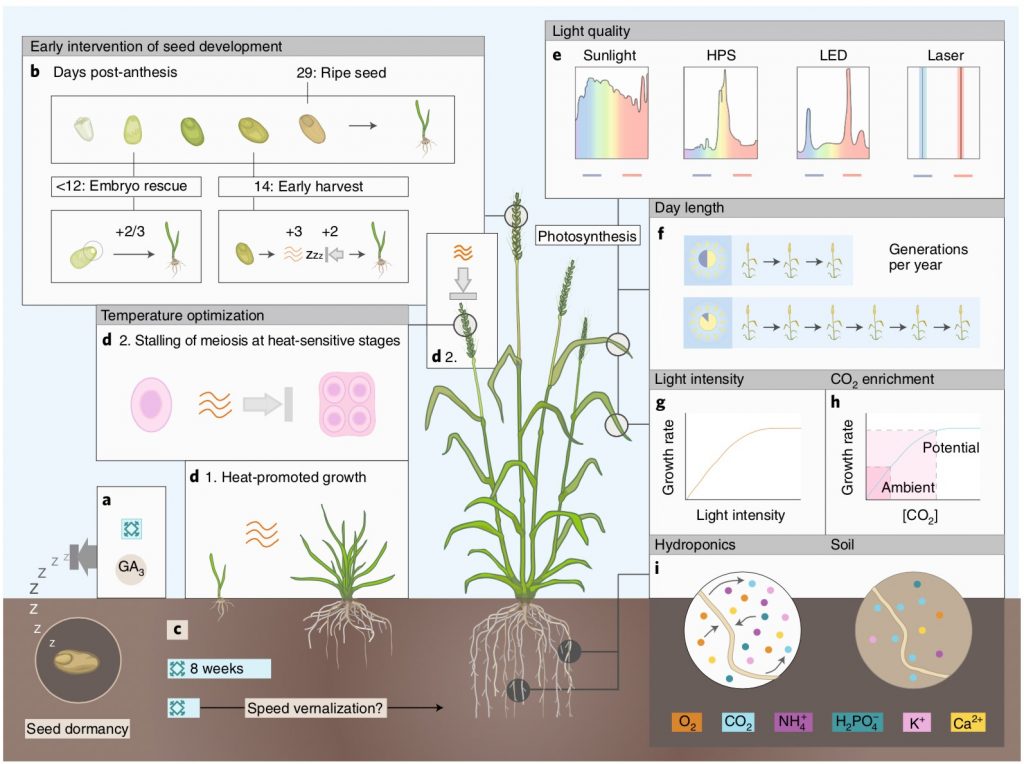
Review: Crop breeding technologies to feed the world (Nature Biotech)
Plant Science Research WeeklyThe world demands food, plant scientists and breeders have the challenge of feeding a growing population. In a recent review Hickey et al. summarize the state-of-the-art technologies used for crop improvement. In use since 2003, ‘speed breeding’ is a set of improved methods for fast-tracking plant…
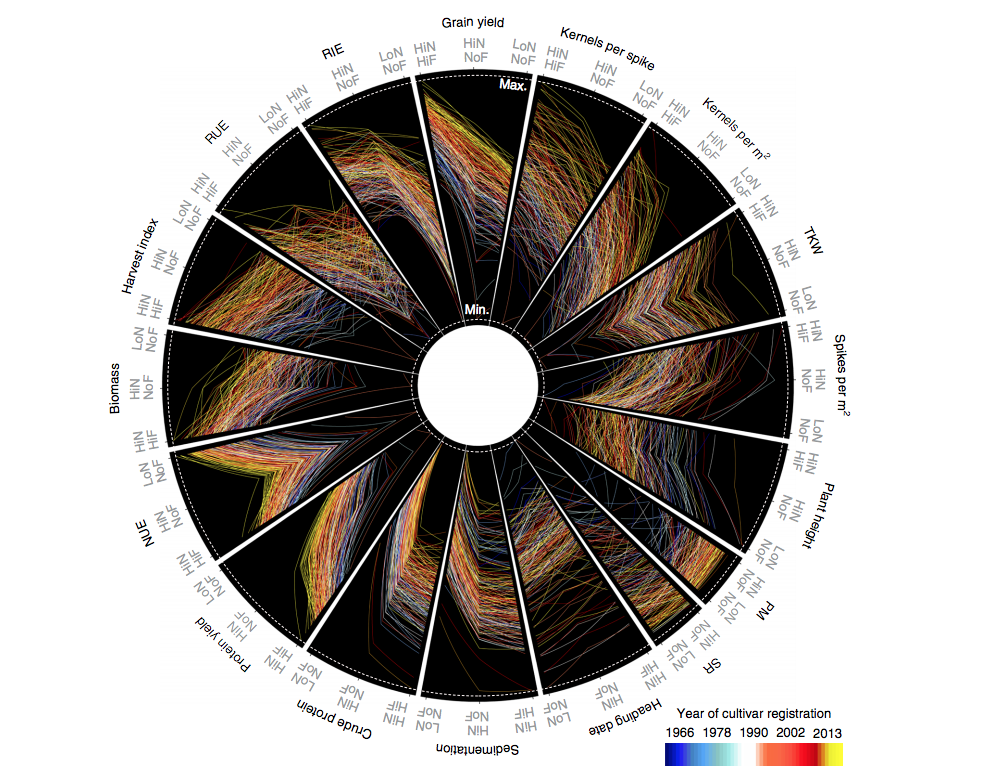
Breeding improves wheat productivity under contrasting agrochemical input levels (Nature Biotech.)
Plant Science Research WeeklyWheat breeding programs are releasing new cultivars almost every year for improved yield potential. But is this intensive breeding not compromising the plant performance under adverse environmental conditions? Voss-Fels et al. studied the elite cultivars of winter wheat released during the last 50 years,…

Genomic regions associated with economic traits in walnut (Plant Breeding)
Plant Science Research WeeklyThe bearing habit refers to the location of flower buds in woody plants. For walnut cultivars, lateral bearing is preferred for its yield superiority. Deciphering its genetic architecture would improve seedling and sapling selection. Here, Aradhya et al. performed a SNP-based linkage map to estimate…
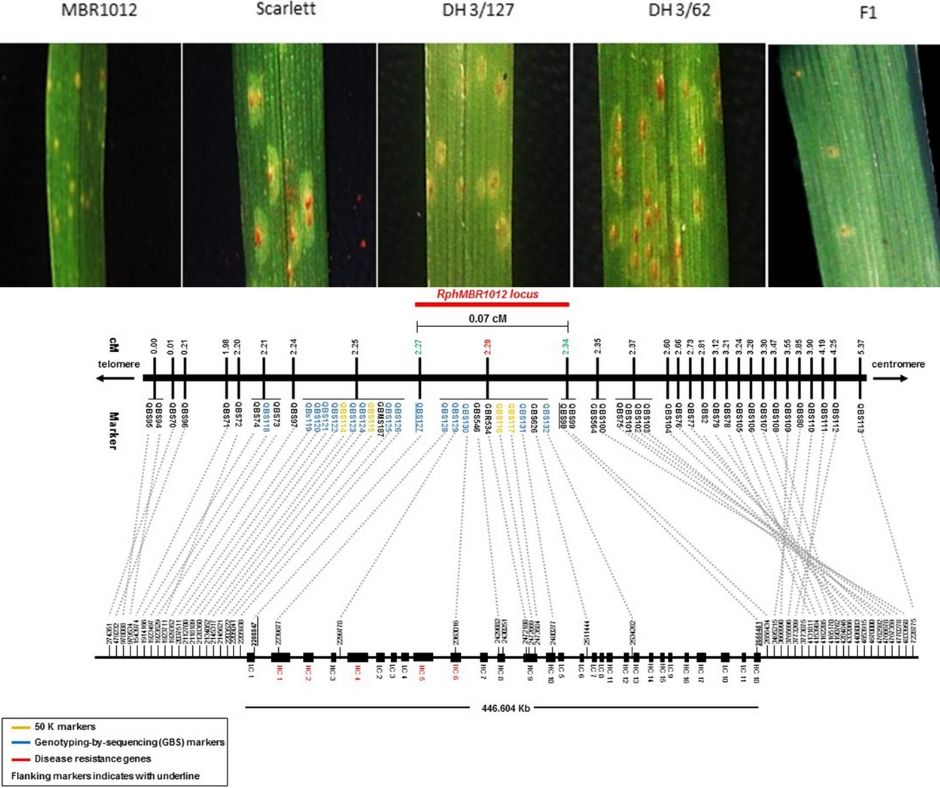
High resolution mapping of RphMBR1012 conferring resistance to Puccinia hordei in barley (Front Plant Sci)
Plant Science Research WeeklyBarley leaf rust (Puccinia hordei) is a biotrophic fungus, in which mutations cause newly virulent races (pathothypes) with severe effects on cultivars. Marker-assisted Selection for Rph (Resistance to P. hordei) genes has been studied to provide sustainable control of this disease. Fazlikhani et al.…

